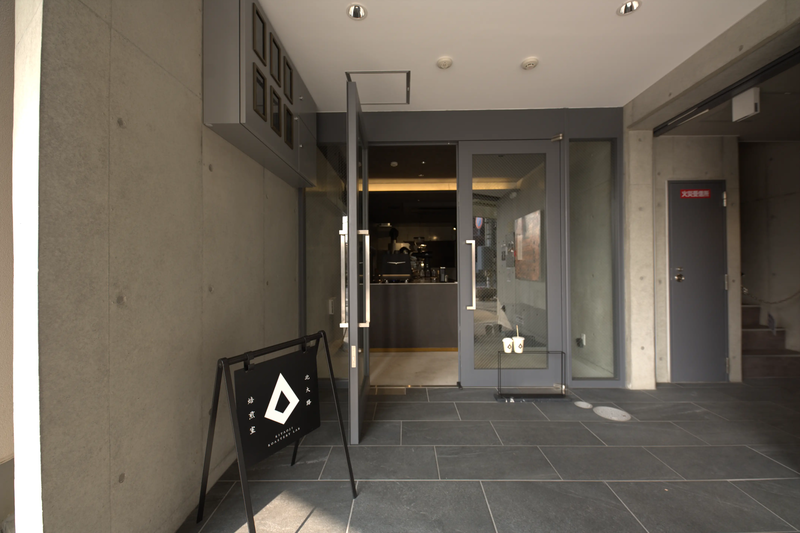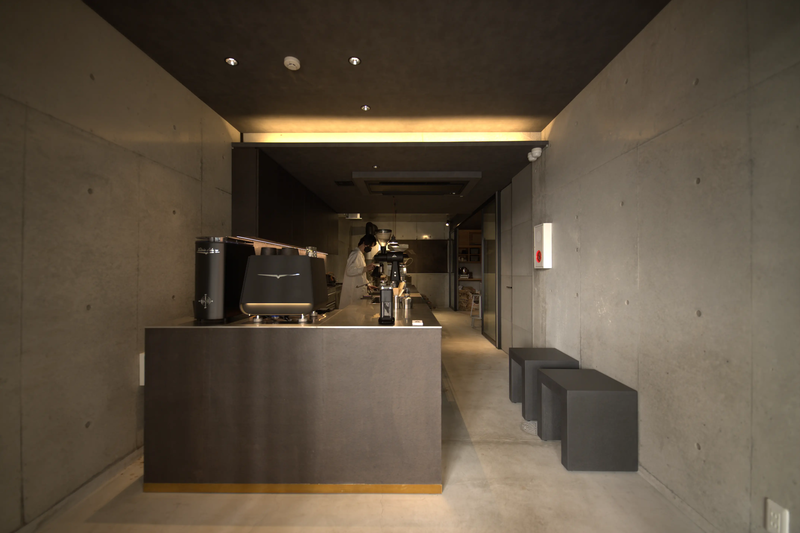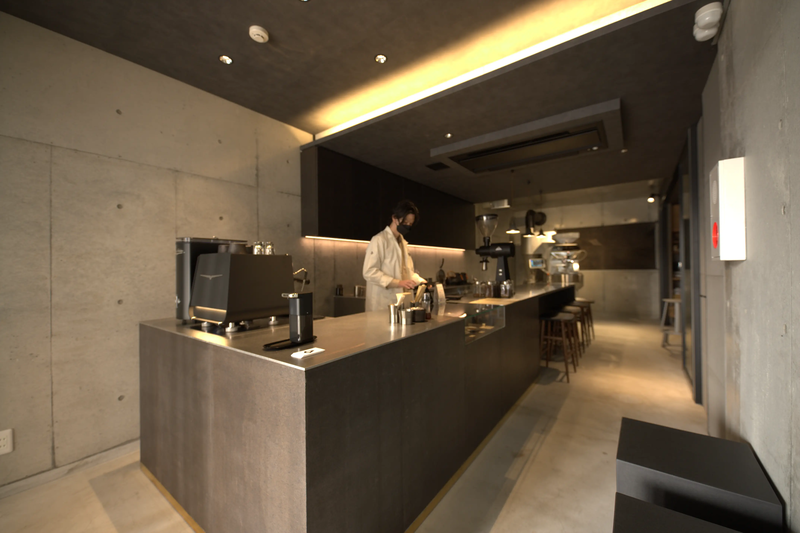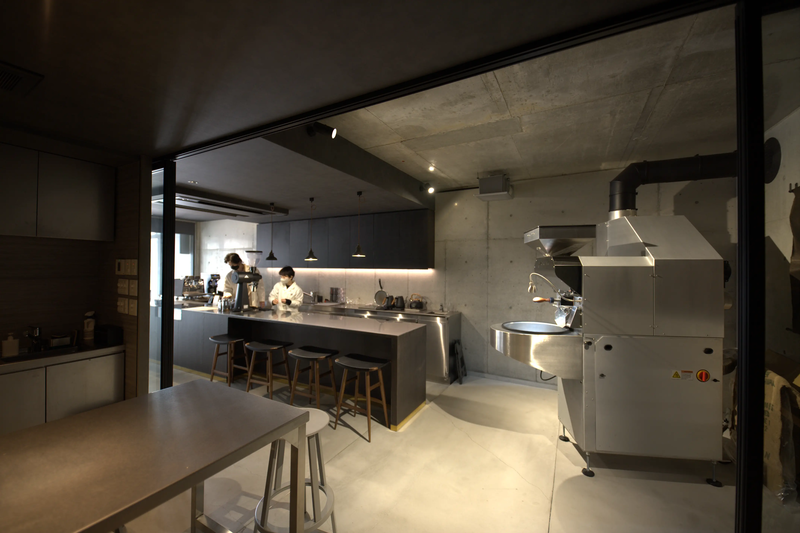This project was launched in September 2022 by the company Glove Dish, which operates the French restaurant Trois Visages in Ginza. The essence of the project was to create a space for innovative coffee roasting. As for why they chose Kyoto, there are various theories—most likely, all of them are close to the truth. Our theory is that Kyoto is one of Japan’s coffee capitals, and if you want to challenge the coffee community, doing it in Kyoto will make the most impact.
What’s the challenge? First and foremost, it’s the specialty coffee, which is a cut above everything else on the market. Connoisseurs will notice new names on the menu: it features many small-scale 'rare' producers, selected without regard to 'star status' or the title 'Cup of Excellence.' Additionally, two grinders allow for coffee to be made in a wide variety of styles, so visitors can request nearly any drink they like. Among other offerings, the menu features the highly regarded wet cappuccino—a style of cappuccino preparation where the milk is frothed with very fine bubbles, enhancing the espresso’s flavour. For those visiting a specialty coffee shop for the first time, this menu item may prompt curiosity as to what makes a 'wet' cappuccino different from a 'regular' one.
If you believe that specialty coffee is one that has undergone the best possible transformations at every stage of its journey 'from bean to cup,' with each stage passed at the highest level of quality (something that will only be revealed at the end), then a 'wet' cappuccino is the perfect drink to showcase all the advantages of specialty coffee. The milk is frothed with such fine bubbles that they almost match the structure of the espresso crema: this makes the coffee brighter and more aromatic, and the frothed milk blends so well with the coffee that the taste is consistent from the first sip to the last. This quality of frothed milk is achieved not only thanks to the high class of the espresso machine but also thanks to the barista’s skill in properly controlling the airflow during frothing.
Another unusual drink on the menu is the black latte—a radically black cappuccino with contrasting white latte art on the surface. This coffee is made with the addition of takesumi—activated bamboo charcoal, which not only affects the colour and flavour (removing any residual bitterness from an already non-bitter specialty) but also adds a detox effect.
The café’s affiliation with the cutting edge of the coffee industry is evident in its name, which reflects its concept: Kitaoji Roastery Lab is indeed a kind of 'laboratory' for coffee roasting. The design of the space complements this concept, with predominant gray tones, a minimalist interior featuring béton brut in the style of Tadao Ando, and stainless steel tables, along with the 'lab coats' worn by the staff. However, there’s also a touch of homely cosiness here: the walls are partially covered with special black washi paper by @hatanowataru, the chairs are from Scandinavian designers (Freja Stool, Revolver Stool), and the cups are designed by @atsushifuna in the style of kasama-yaki.
As for the coffee equipment, the main investment (and pride) of the establishment is the Lohring S7 Nighthawk roasting machine (a nod to the USAF strike aircraft): in it, the heating system is separated from the drum, and roasting is done solely with hot air, preventing the beans from burning, making it ideal for light roasting of specialty coffee.



